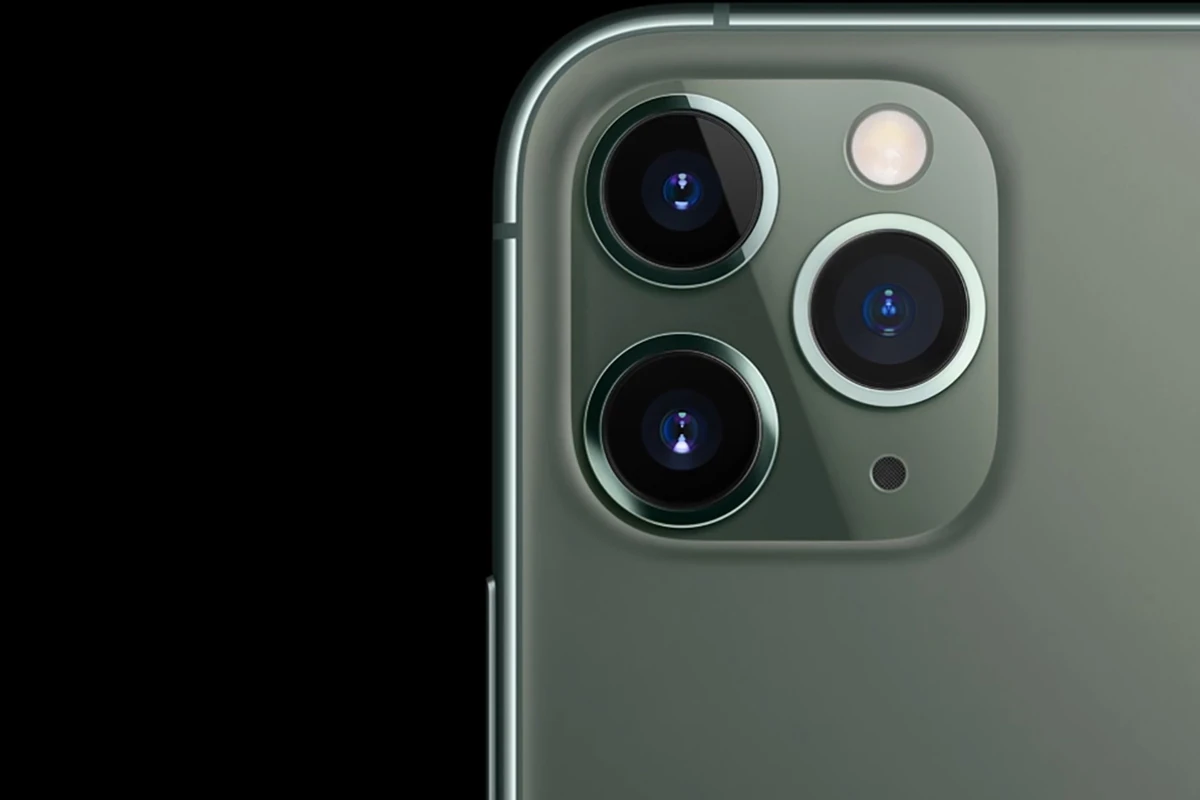The iPhone with three cameras has emerged as a hallmark of Apple’s approach to mobile photography, indicating their commitment to versatility and quality in imaging technology. These models, distinguished by the ‘Pro’ and ‘Pro Max’ monikers, incorporate a wide, ultra-wide, and telephoto lens allowing users to capture photos and videos with varying perspectives and zoom ranges. The technology behind each camera combines to offer a comprehensive photography experience, catering to needs ranging from expansive landscapes to detailed close-ups.
As iPhone cameras evolved, Apple focused on enhancing performance and utility. The additional cameras serve not just for better photo quality but also for advanced features like LiDAR for depth mapping, night mode for low-light conditions, and sensor-shift stabilization for sharper images. This design evolution reflects a broader trend in smartphone photography, where multi-lens setups enable devices to compete with traditional cameras.
Unpacking the Power of Three: The iPhone’s Camera System
Three Lenses, Three Perspectives
The iPhone’s camera system boasts three distinct lenses: wide, ultrawide, and telephoto. Each lens offers a unique perspective, allowing you to capture a wide range of shots with varying fields of view and zoom levels.
Wide Lens: Your Everyday Shooter
The wide lens is the most versatile, capturing images as your eyes naturally see them. It’s ideal for everyday photos like landscapes, portraits, and street photography. Its wider aperture lets in more light, resulting in brighter photos in low-light conditions.

Ultrawide Lens: Expanding Your View
The ultrawide lens captures a much wider field of view, perfect for expansive landscapes, architecture, and group shots. It can fit more into the frame than the wide lens, giving you a new perspective on familiar scenes.
Telephoto Lens: Zoom In Without Losing Detail
The telephoto lens allows you to zoom in closer to your subject without sacrificing image quality. It’s ideal for portraits, wildlife photography, and any situation where you can’t physically get closer to your subject.
Table: iPhone Camera Lens Comparison
| Lens | Field of View | Aperture | Best for |
|---|---|---|---|
| Wide | Standard | Wide | Everyday photography, portraits, low light |
| Ultrawide | 120 degrees | Narrower | Landscapes, architecture, group shots |
| Telephoto | Zoomed in | Wide | Portraits, wildlife photography, distant subjects |
Working Together for Better Photos
The three lenses work together seamlessly, allowing you to switch between them with a simple tap on the camera app. This versatility empowers you to capture the perfect shot, no matter the situation. Additionally, the iPhone uses computational photography techniques to combine data from all three lenses, resulting in even better image quality, especially in low light.
Key Takeaways
- iPhone models with ‘Pro’ and ‘Pro Max’ names feature three rear cameras for enhanced photography.
- Photographic capabilities are expanded through a trio of lens types and advanced imaging features.
- This evolution mirrors the growing trend of high-performance camera systems in smartphones.
Evolution of iPhone Cameras
The iPhone camera has evolved from a single lens to a complex system with multiple lenses and advanced software. This section explores the key advancements of the iPhone camera over time.
Technological Advancements
Early iPhones featured a single camera. Over the years, Apple introduced dual-lens and then triple-lens cameras. The iPhone 11 series debuted the triple-lens system. With each new model, improvements in sensor quality and image processing technology have led to better photo clarity and video stability.
Model-Specific Camera Features
Starting with the iPhone 11 Pro models, users could capture wider images and zoom without losing detail. The iPhone 12 Pro Max pushed this further with a 65 mm telephoto lens. Each Pro model brought enhancements, like the iPhone 13 Pro with its improved wide-angle camera, offering better low-light performance and photo detail.
Camera System Composition
The camera system typically consists of a main wide-angle lens, an ultra-wide lens, and a telephoto lens. The wide-angle lens is the primary camera used for most photos and videos. The ultra-wide lens captures more of the scene. The telephoto lens allows for closer shots with better quality.
Software Enhancements and Photography Modes
Software plays a big part in the camera’s evolution. Features like Deep Fusion and Night Mode rely on machine learning to enhance photos. Apple’s ProRAW format gives photographers more control over editing. Dolby Vision HDR offers better video quality. These software improvements make the iPhone camera versatile and powerful.
Camera Usage and Performance
The iPhone’s three-camera system enhances both photo and video capabilities. This system includes advanced technology such as optical image stabilization, a wide camera, and various zoom features. Users can expect increased image quality and performance.
Photography Techniques and Quality
The Pro camera system on the iPhone integrates several elements that elevate photography. The wide camera, with optical image stabilization, allows for sharp images even when the hand moves. For rich detail and texture, the camera software balances the shot. Techniques like depth of field create beautiful portrait photos. The optical zoom maintains clarity, while digital zoom extends reach. In low light, performance improves. Images stay bright and clear.
Video Capabilities
With the iPhone, video captures are more than moving pictures. They use software like cinematic mode and Dolby Vision to create movie-like scenes. These technologies enhance color and detail. Optical image stabilization keeps videos steady and professional. Zoom capabilities bring scenes closer or show wide landscapes. Users tell visual stories with quality that mirrors dedicated video cameras.
Impact on iPhone Marketing
Strong camera performance is a key iPhone feature in marketing. The advanced camera capabilities are often in the spotlight. High-quality visuals in ads demonstrate the camera’s power. The focus on the benefits of the three-camera system attracts photography enthusiasts and professionals alike. Marketing emphasizes how these features make iPhones stand out in a crowded smartphone market.







